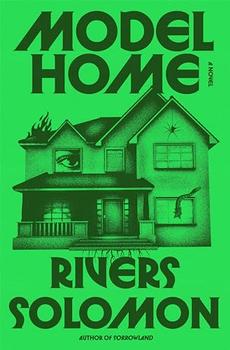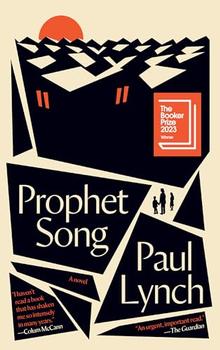Summary | Excerpt | Reading Guide | Reviews | Beyond the Book | Readalikes | Genres & Themes | Author Bio

It was Father's work on Brugada, a rare and often fatal arrhythmia, that led to his first meeting Donald Trump.
* * *
In 1993, Trump's troubles were still legion. He'd gone to his siblings to ask if he could borrow money from the family trust to pay bills. (He would go back for more a year later.) He was forced to give up his yacht, the airline, and his stake in the Plaza Hotel. The bankers overseeing the restructuring of his holdings put him on a strict monthly allowance. And in the press, there was no relief: his mistress, Marla Maples, was newly pregnant, and his press-canny, now finally ex-wife was destroying him in the court of public opinion.
In short, he was going through a lot. So it wasn't entirely surprising to either Trump or his doctors when he started to experience heart palpitations. As Trump described it to my father, he first felt the alarming sensation while golfing on an unusually hot morning in Palm Beach; he felt something strange in his chest, like a pounding on a distant drum; then he felt faint. When he sat down in the golf cart to rest, the pounding neared, grew more intense: "It felt like my heart was being slammed around inside that big empty drum."
A few days after the palpitations on the golf course, Trump was having dinner at the Breakers, then the premier luxury resort in Palm Beach. He hated the Breakers—or so Father recalls him explaining at some length during their first patient exam—but had to go to the dinner there because he was meeting a member of the city council who, Trump thought, knowing how much he hated the Breakers, had probably scheduled dinner there on purpose. Trump's application to turn Mar-a-Lago into a private club was still pending, and he needed all the support on the Palm Beach city council that he could get. So the Breakers it was, even though he said the food was gross and overpriced. "Just wait 'til I get my club running. We're going to bury the Breakers." He'd ordered a bone-in rib eye—"Always well done, Doc. Because I don't know the kitchen, and I don't know what filth they've got back there. Who's cooking what. Touching the food. The only way to be safe—steak, fish, whatever. Well done. Unless it's my kitchen, and we're gonna have a great restaurant at Mar-a-Lago, the greatest, but see…I'll still have it well done there, too. I just think it's better that way"—and just as the food came to the table, Trump said he started to feel faint. He got up and excused himself to go to the restroom, where he couldn't believe how pale he looked. Once again, he felt that sensation he'd felt on the golf course, his heart rattling around as if inside the skin of an empty drum. He knew something was wrong. He knew he needed to get home.
It was a short distance to Mar-a-Lago—just three miles—but as soon as the car pulled out of the parking lot, he started to feel worse. Along Ocean Boulevard, he asked his driver to stop the car, and that was it. The next thing he remembered was lying on the sidewalk, hearing the waves. His driver would later tell him he collapsed facedown into the rear footwell. The driver would get out and turn him over, finding Trump's eyes rolled back into his head. He couldn't find a pulse on Trump's wrist or neck, couldn't hear a beating in his chest. The driver shook him hard, and then, just as abruptly as he'd fainted, Trump came back to. Color rushed into his face; the veins in his forehead started to pulse. Dazed, he got out of the car and lay down on the sidewalk along the beach. Listening to the steady rhythm of waves washing onto the shore, he would later tell my father, seemed to make the strange beating in his heart subside.
Doctors' examinations over the following days and weeks pointed to a cardiac event, but Trump's heart muscle itself was healthy, his coronary arteries clear of any occlusion. A further battery of tests resulted in a pile of EKG strips that showed an occasional pattern the specialist in Palm Beach had never seen before. It had the vague contour of a shark fin. Even as late as 1993, most cardiologists didn't know that this is what Brugada syndrome looks like.
Excerpted from Homeland Elegies by Ayad Akhtar. Copyright © 2020 by Ayad Akhtar. Excerpted by permission of Little Brown & Company. All rights reserved. No part of this excerpt may be reproduced or reprinted without permission in writing from the publisher.






He who opens a door, closes a prison
Click Here to find out who said this, as well as discovering other famous literary quotes!
Your guide toexceptional books
BookBrowse seeks out and recommends the best in contemporary fiction and nonfiction—books that not only engage and entertain but also deepen our understanding of ourselves and the world around us.